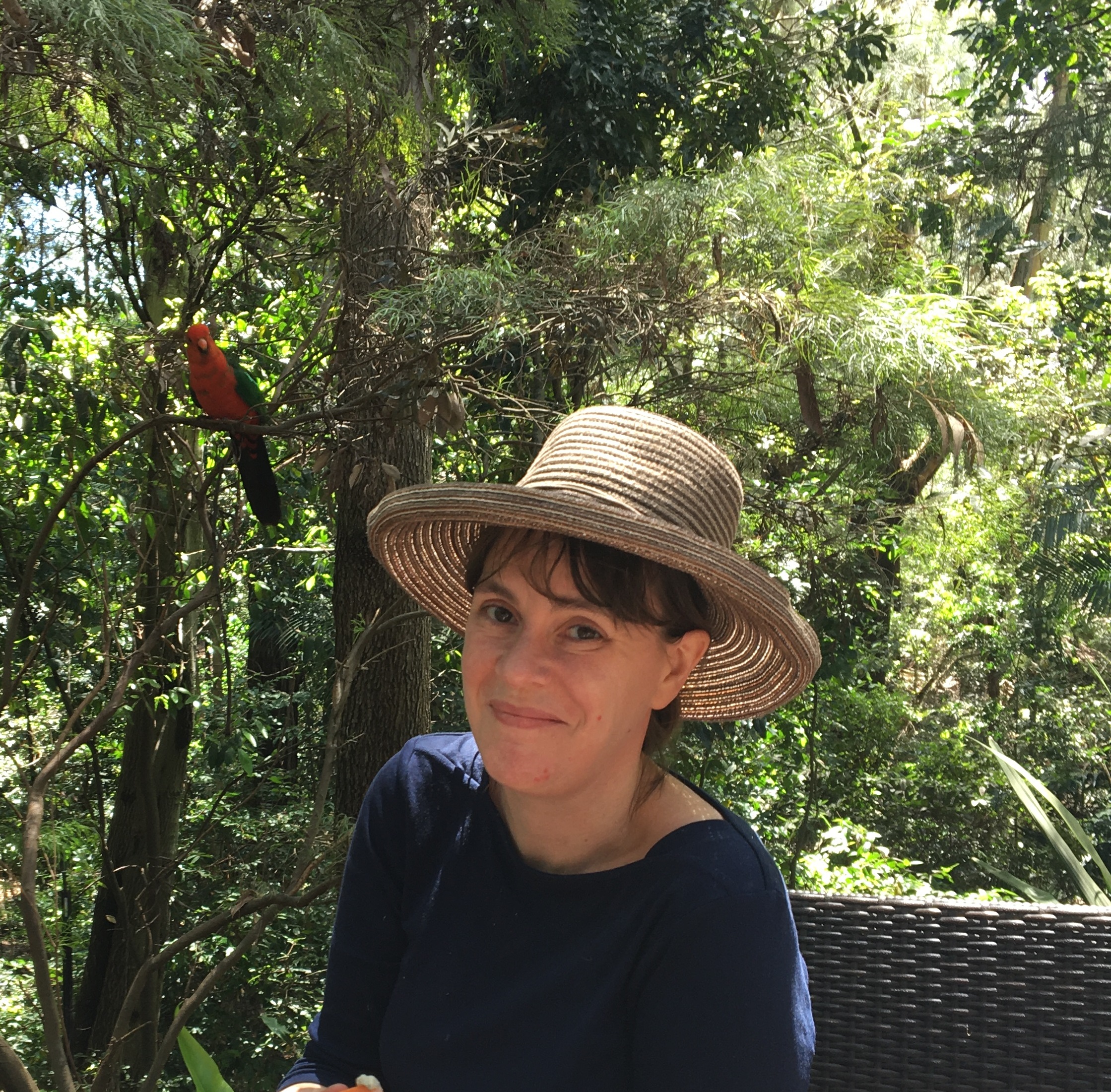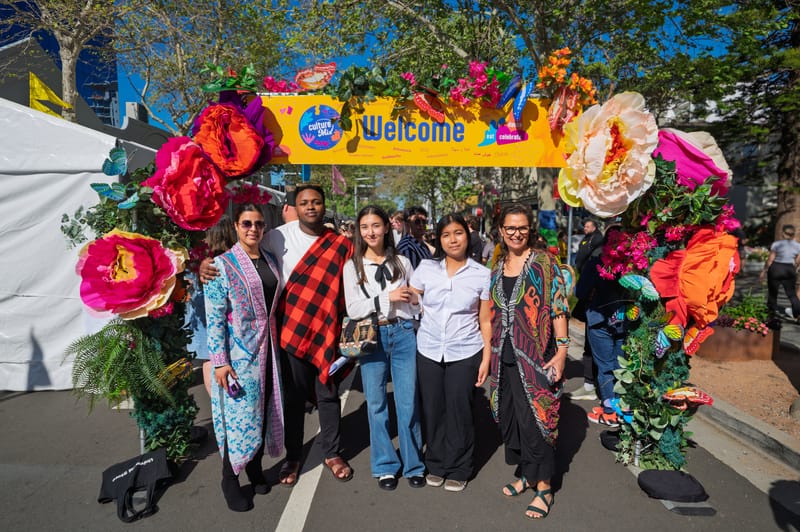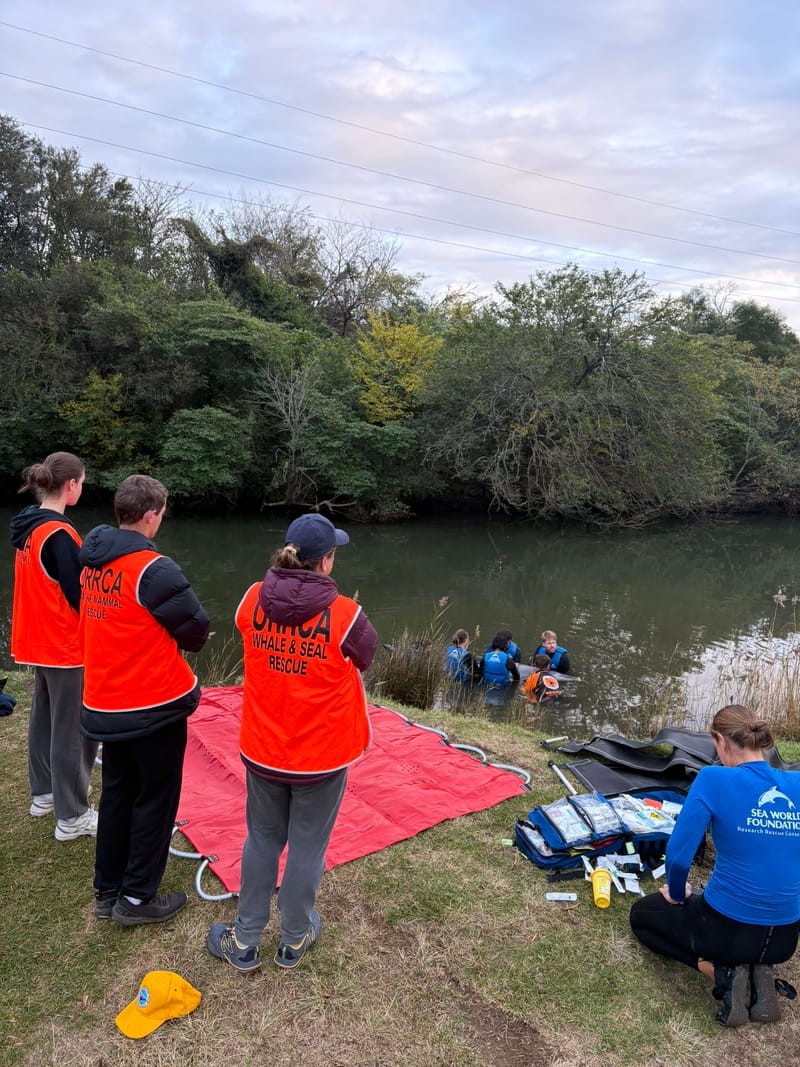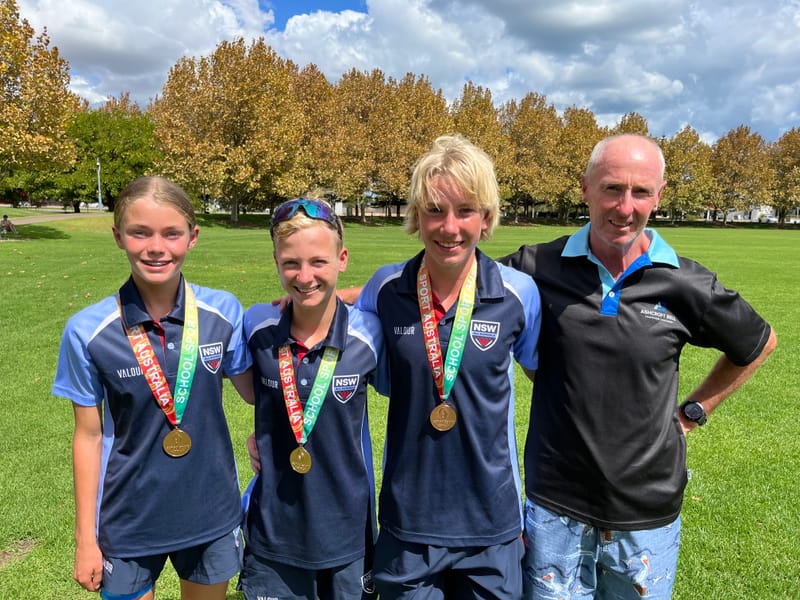Fruiting now: all sorts of Lilly Pilly
We're into the European month of May and well into the season of autumn, although it's still very warm compared with the long-term average for this time of year. In the D'harawal calendar, the indications are that we are in marrai'gang, when it's...
We're into the European month of May and well into the season of autumn, although it's still very warm compared with the long-term average for this time of year. In the Dharawal calendar, the indications are that we are in marrai'gang, when it's wet and getting cooler, and the Lilly Pilly is in fruit.
It's a pretty spectacular year for the local Lilly Pillies, with masses of pink, red, purple and white fruits visible on local street trees and in bushland.
We have four local Lilly Pilly species, each with its own distinct appearance and preferences.
The yummiest and perhaps most visible of the local Lilly Pillies is commonly known as Brush Cherry (Syzygium australe). Growing widely in rainforest around the region, this small tree is also much planted and can easily be seen at places such as the University of Wollongong grounds. There's also a grand specimen at Sublime Point, just before the path that descends to Austinmer.
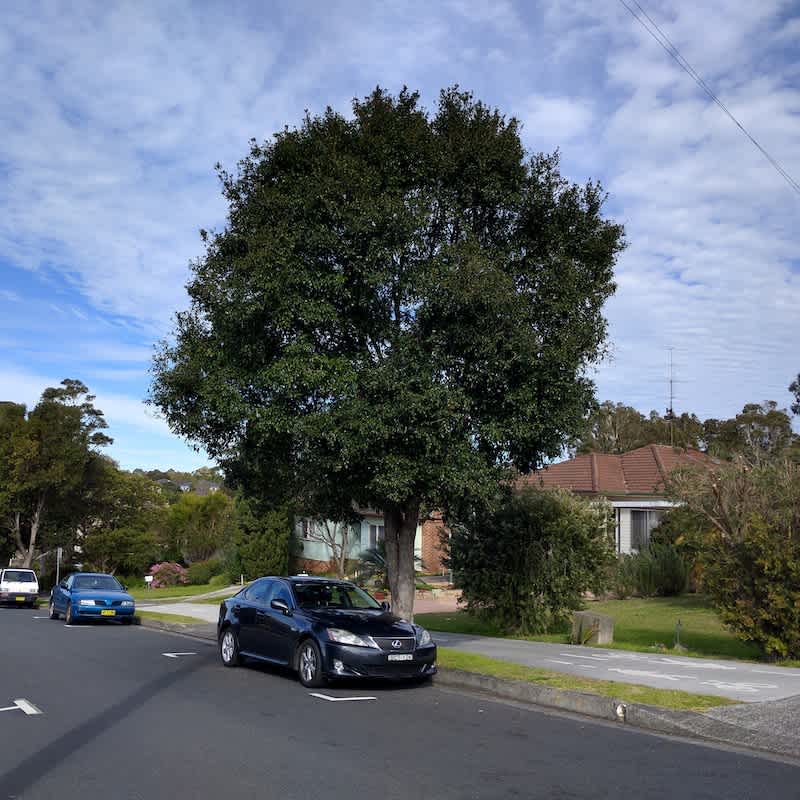
Brush Cherry's fleshy bright pinkish- or purplish-red fruit are shaped like small Delicious apples, up to around 2cm tall and wider at the top than the base. They are gently crisp and crunchy with a pleasant though not terribly strong flavour. Eaten straight off the tree, they're refreshing and enjoyable. Jam-making is also a common use for the fruit.
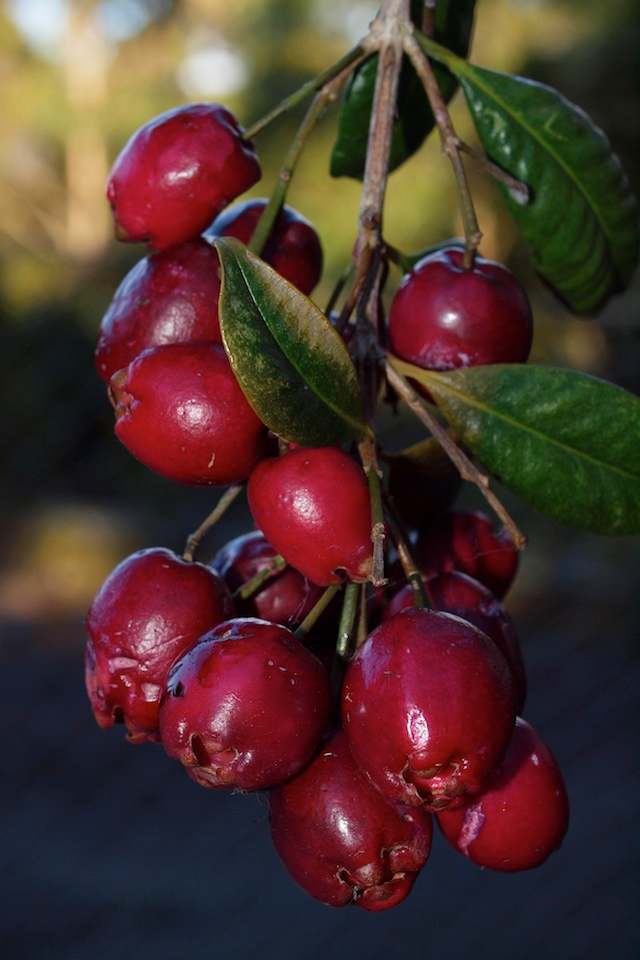
More common but less tasty in the fruit department is the Lilly Pilly proper, known in science as Syzygium smithii, though it was previously Acmena smithii (and you'll still see many plants labelled as the latter). It's a tall forest tree with dark reddish-orange bark and fleshy fruit that range from white to pale pink. Leave them for the birds.
There are also two uncommon species, both much smaller trees: Blue Lilly Pilly (Syzygium oleosum), which has distinctive purplish-blue fruit and Magenta Cherry (Syzygium paniculatum). Have a nibble of the fruit if you see it, but don't expect too much.
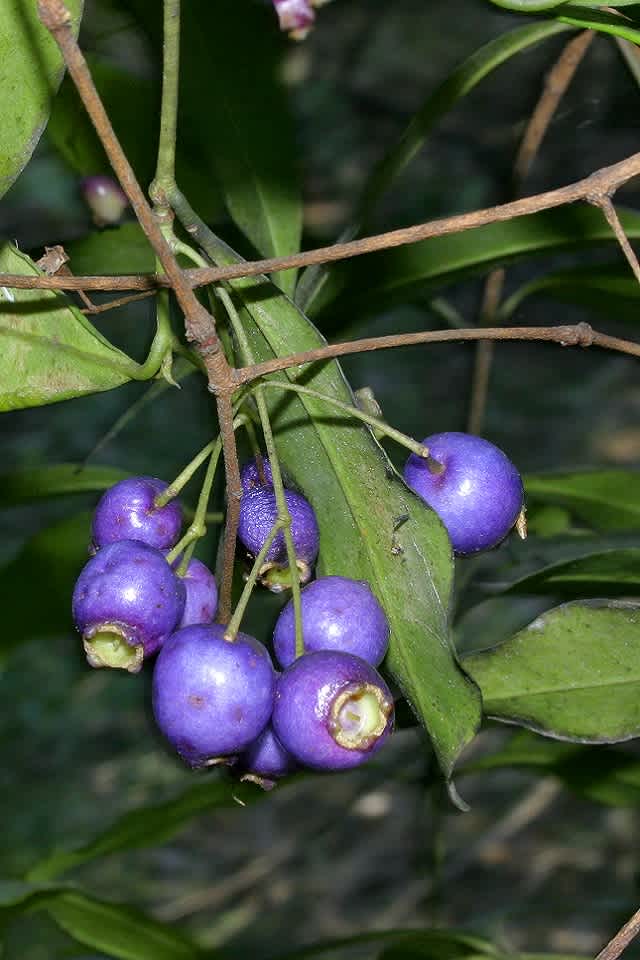
Caution is needed when looking at and identifying Lilly Pillies. There are many many cultivars used in gardens and landscaping, grown for particular features such as size or bushiness.
We also have extensive use of non-local species as street trees, such as Riberry (Syzygium luehmannii), which has clusters of bright pale pink fruit, and this tree is also in fruit at the moment.

